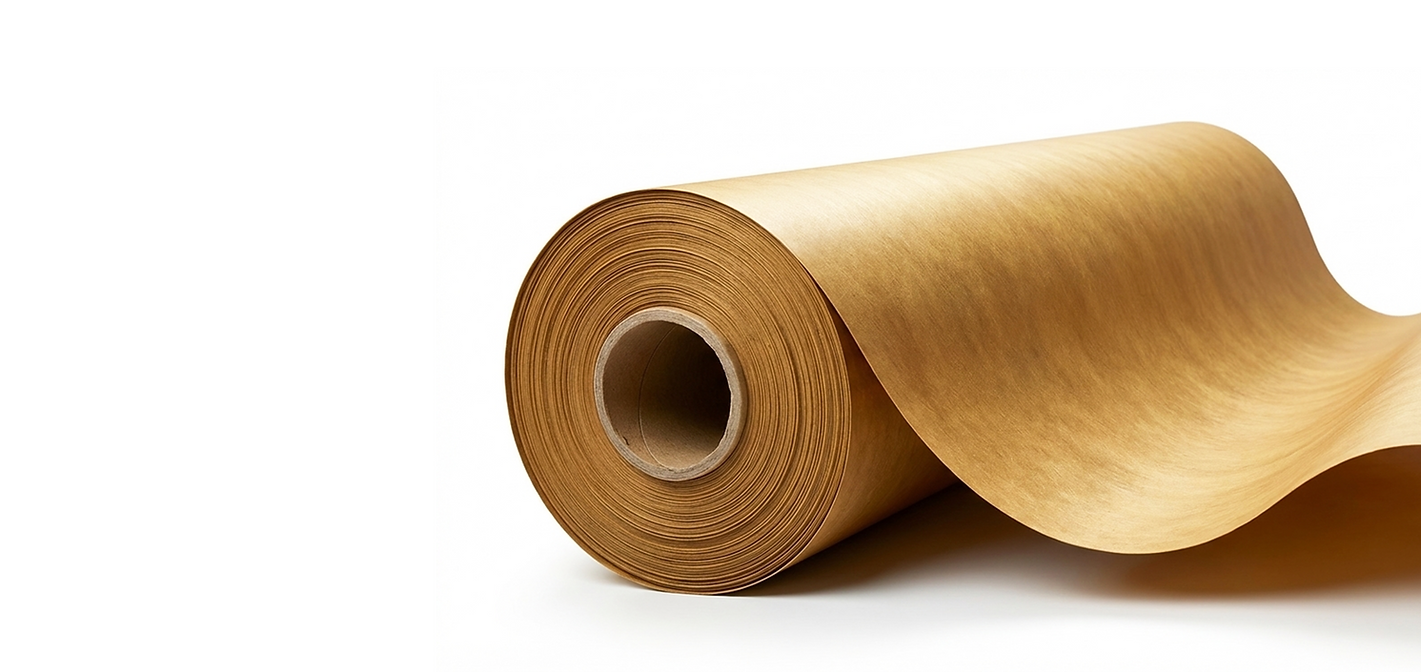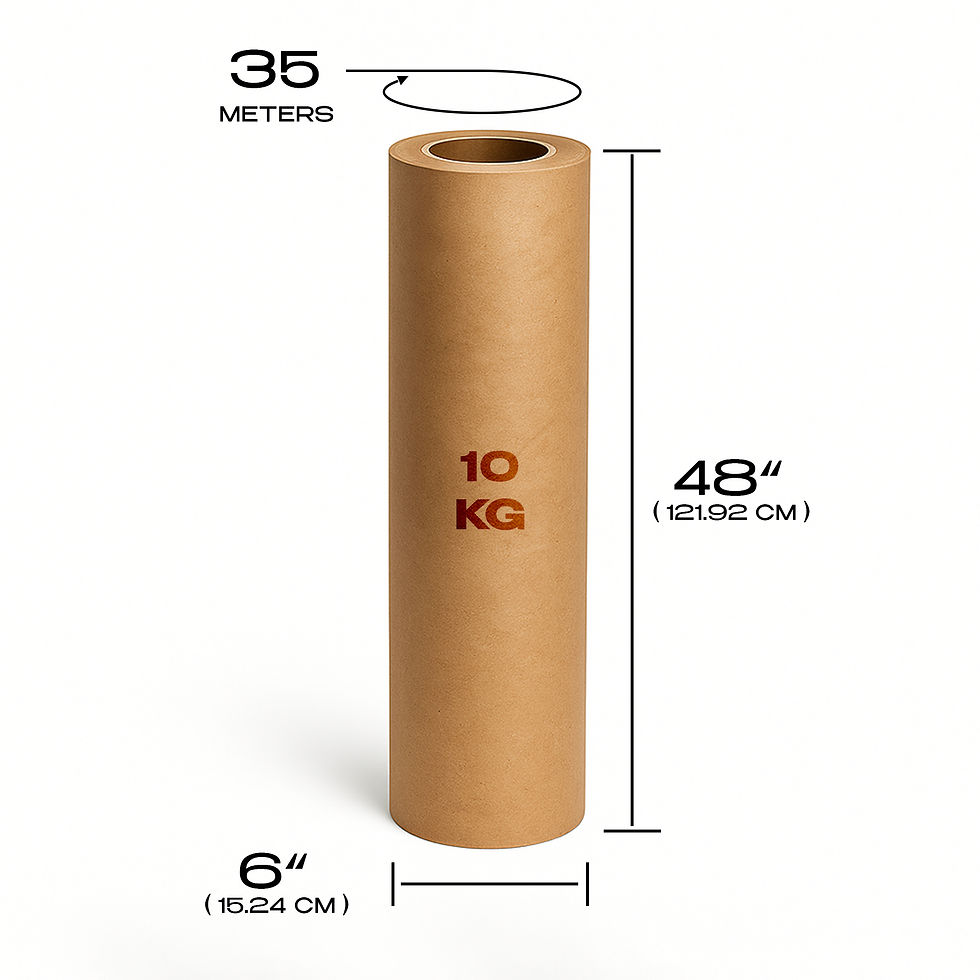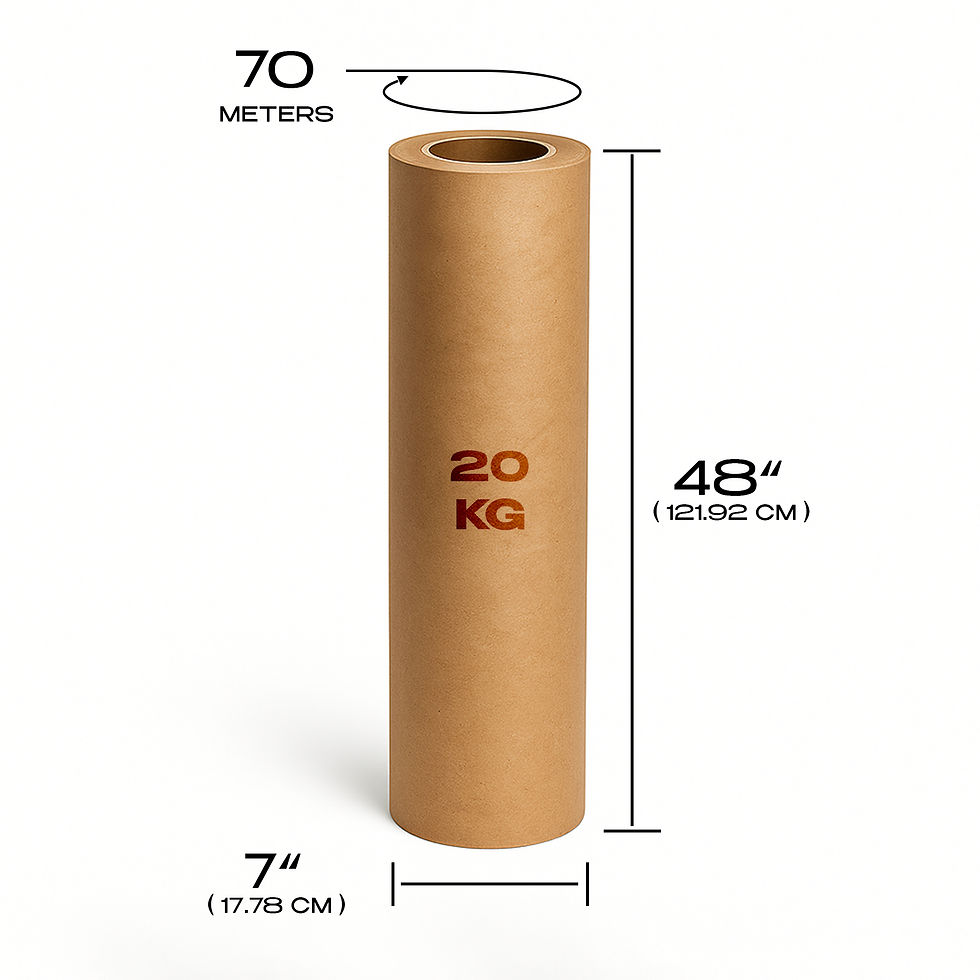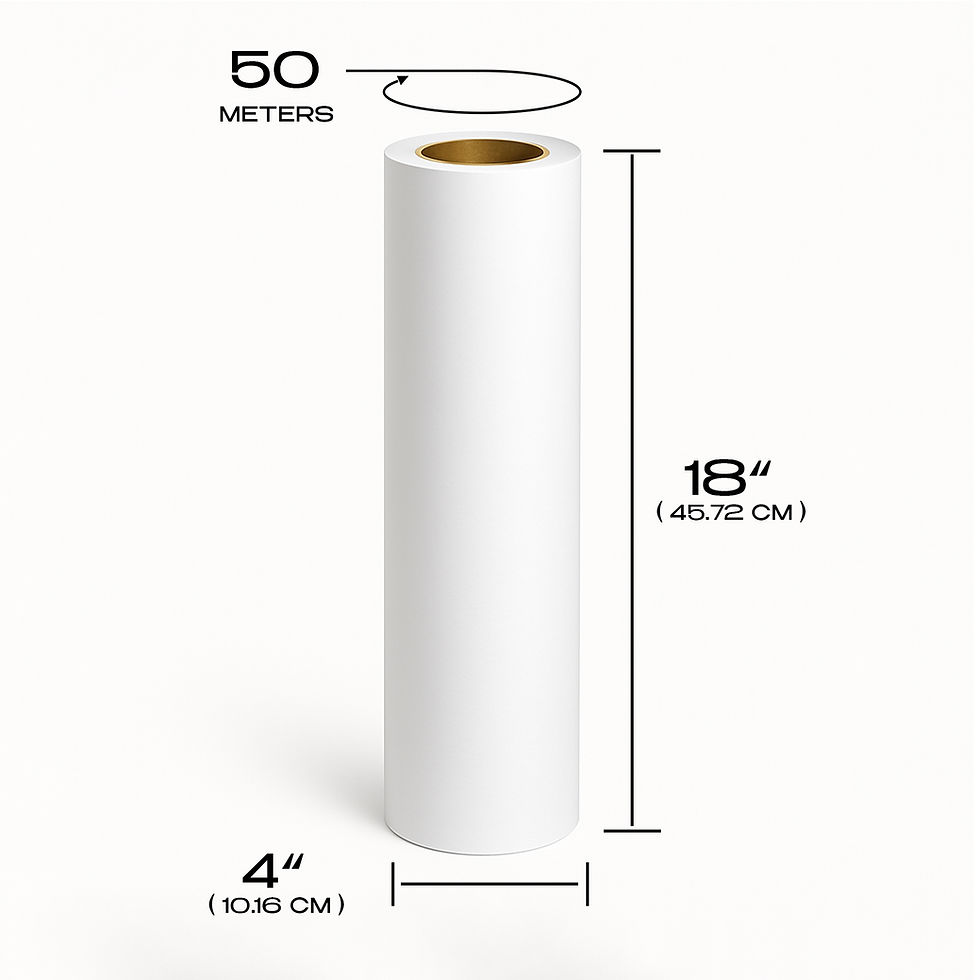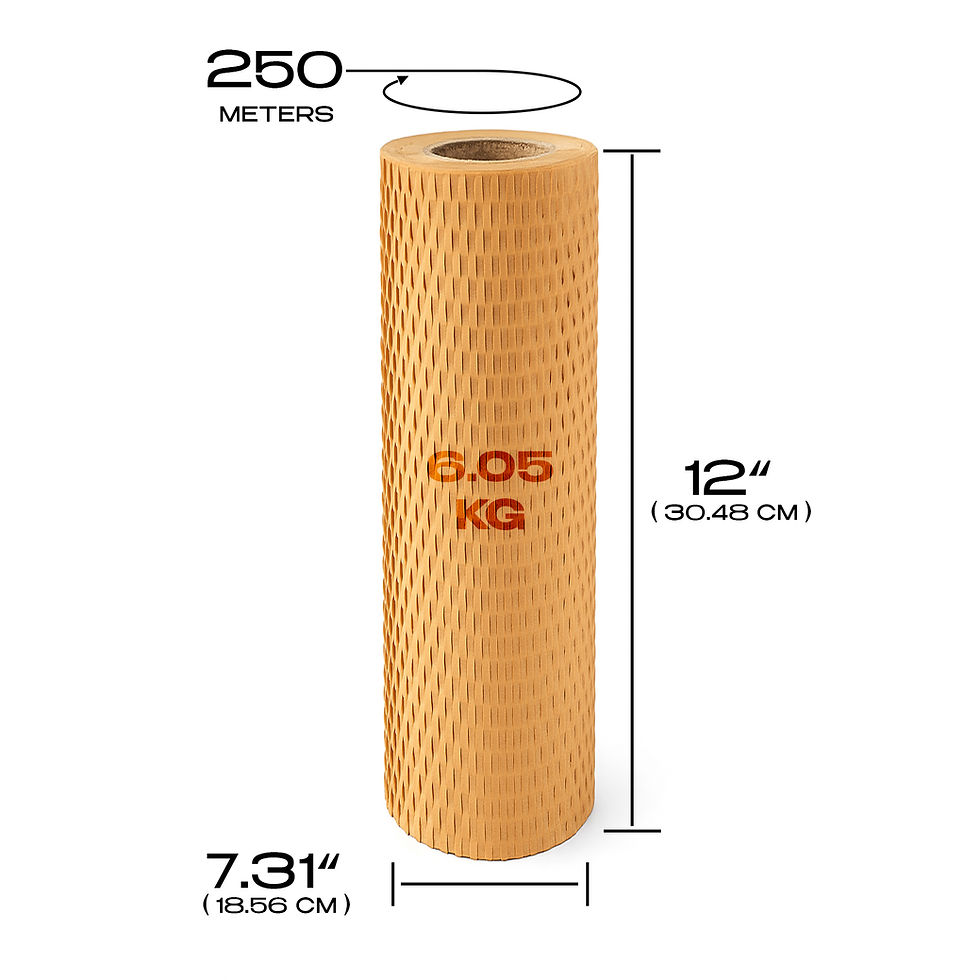Today's top Deals | extra 10% OFF On Order Above ₹10,000
Our Products
Garment Pattern Paper Rolls
Garment CAD Plotter Paper Roll

Maplitho CAD
Plotter Paper Roll
Maplitho plotter paper rolls and plotter paper rolls for architectural and engineering blueprints, blueprint paper roll printing, and architect blueprint paper applications, delivering sharp line definition, smooth plotting performance, and high-clarity output on maplitho paper for precise technical drawings.
Plotter Paper

Garment Plain & Perforated Underlay Paper Roll
Plain and perforated underlay paper rolls used beneath fabric layers for stable cutting; perforated rolls are specially designed for CNC fabric cutting machine, CNC textile cutting machine, and CNC cloth cutting machine applications, enabling strong vacuum suction for firm fabric hold and precise cutting accuracy.
Underlay paper / Perforated underlay paper

Eco Friendly Bubble Wrap Roll
Eco friendly bubble wrap made from honeycomb paper and honeycomb packing paper, designed as a strong alternative to plastic bubble wrap and bubble wrap roll.
This honeycomb packaging and honeycomb wrapping paper expands to form a protective cushioning structure for fragile products during shipping.
Ideal for sustainable packing, honeycomb paper provides shock absorption, surface protection, and clean presentation without plastic waste.
Honeycomb Paper Bubble Wrap
Polyfilm Roll
Cutting Room Accessories
10% Discount
10% Off on Order Above ₹10,000
Offers
05% Discount
05% Off on Order Above ₹5,000
"Great experience with Satva JR. The service was smooth, professional, and delivered exactly as promised. Special thanks to JR Corporation."

